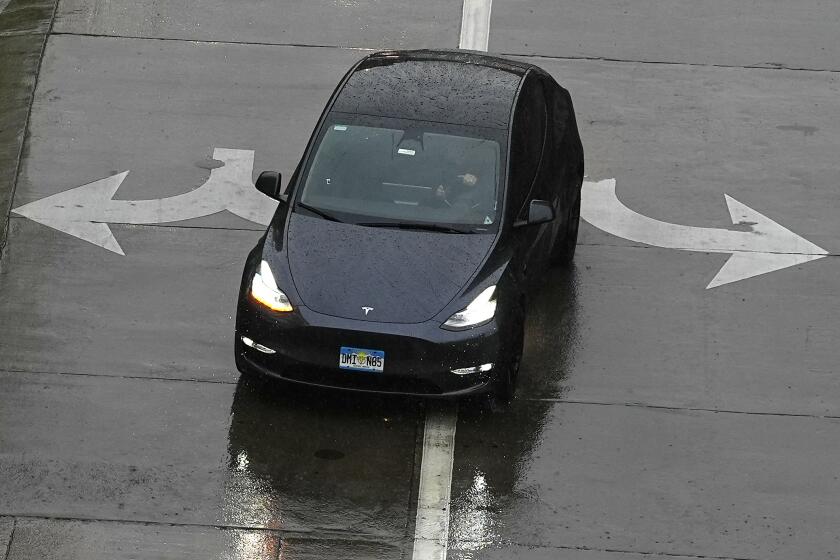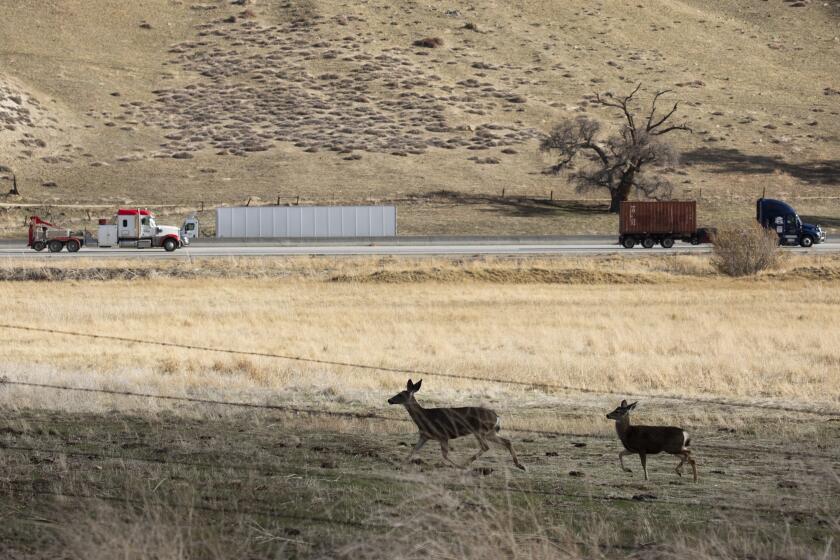Assessing Fault in Auto Accidents Is Hit and Miss
Every traffic accident is unique, involving a set of human judgments, road conditions and highway designs that come together for one instant on one stretch of road.
But accidents share a common outcome: One driver almost always gets blamed.
Correctly identifying fault in accidents is a major automobile safety issue, but one that gets little national attention. The system for determining fault is one of the most important ways that incompetent or careless drivers are identified and tracked. Accident reports are raw material for understanding how and why drivers make mistakes.
But the system has flaws and inconsistencies. Training standards are uneven among police agencies. Different organizations reach their own conclusions about fault. And the way police view the matter sometimes differs from the way insurers and private investigators see fault.
In the police view of the world, one driver takes an action that causes an accident. Had the driver not taken the action, the accident wouldn’t have happened. It’s called the primary collision factor. It’s as basic as the black-and-white color scheme of a police cruiser.
“It is rare that we are not able to find fault,” said Chief Stan Perez, head of the enforcement services division of the California Highway Patrol, the state’s largest traffic accident investigation operation.
But that viewpoint is not without detractors. Many experts say accident causes often are difficult or impossible to determine and that police sometimes stretch too far to find them. If these critics are correct, a lot of drivers are being wrongly blamed by police.
“Fault can be very subjective,” said Bill Edmonds, a former accident investigation officer for the L.A. County Sheriff’s Department who now operates a private investigative service called Crash Facts. “Is there always a reason or can you always determine the reason? No.”
Police are just one cog in the giant system that determines fault, however. And other parties don’t have the same mind-set as police. Insurers, state regulators and private investigators often view accidents in a more complex way.
Although almost every police report renders a judgment about fault, insurers are given the primary responsibility for determining fault under state law administered by the Department of Insurance. It is the insurer’s determination of fault, rather than the police report, that is used by insurers to set a motorist’s premium.
“The insurer makes the determination,” said Bruce Patton, staff counsel at the Department of Insurance. “The insurer must give written notice, the percentage of fault, the basis of the determination. They must give a written rationale.”
In the insurance view of the world, accidents involve shared fault. And insurers sometimes do not find any fault, either because they cannot get to the bottom of an accident or because regulations prohibit finding fault. Under the state guidelines, for example, a driver who skids out of control on black ice and rear-ends another car is not at fault.
There are other conceptual differences between the police and the rest of the system.
Drunken driving is a case in point. The California Highway Patrol almost always considers a drunken driver involved in an accident to be at fault, Perez said. But some local police agencies and private investigators have argued that alcohol by itself is not a cause of accidents. A drunken driver, although guilty of driving under the influence, may be a victim in an accident.
“The primary collision factor is not DUI,” said Edmonds, who spent 22 years with the Sheriff’s Department. “It is whatever caused the accident, like unsafe speed or unsafe lane change.”
Another issue involved with primary collision factors is whether police seize on the easiest factor to prove rather than the most relevant. Drivers sometimes are blamed for illegal turns, lane incursions and disregarding traffic signs when accidents are actually caused by another driver breaking the speed limit. Under California law, drivers have the right to expect others to obey the law, but that right is sometimes shortchanged in accident reports.
Many local police departments provide meager training for officers who take accident reports. In California, for example, the state commission that sets training standards requires just 12 hours of classroom training in accident investigation for patrol officers.
The upshot is that many police reports are weakly documented and reach unsupportable conclusions.
“At least 15% to 20% of the time, insurers don’t go with the police conclusions,” Edmonds said. “They hire a private investigator and look at it. Insurers spend a fair amount of money to investigate.”
If Edmonds is correct, then tens of thousands of drivers are being wrongly blamed by the police every year in California for accidents that they did not cause.
CHP officials defend their record. Perez cites the agency’s high training standards. Every CHP officer gets 86 hours of training at the academy and then gets extensive field training. Specialized high-level investigators take an additional 40-hour intermediate course and then two 80-hour courses in accident reconstruction.
“Can I say there has never been an error?” Perez asked. “I can’t say that.” But he said he believes the CHP process makes for highly credible accident inquiries that are as close to perfect as possible.
The CHP review process--in which a senior accident investigator reviews every accident report written by a CHP officer--is far more stringent than other police agencies’ processes, Perez said.
Edmonds notes that incomplete and shoddy accident reports sometimes are intentionally submitted that way.
“A lot of the time, officers leave information out of reports so they can go to court, because they get time-and-a-half pay for court appearances,” Edmonds said. “That’s what I was taught by my training officer.”
*
Ralph Vartabedian cannot answer mail personally but responds in this column to automotive questions of general interest. Please do not telephone. Write to Your Wheels, Business Section, Los Angeles Times, 202 W. 1st St., Los Angeles, CA 90012. E-mail: ralph.vartabedian@latimes.com.




